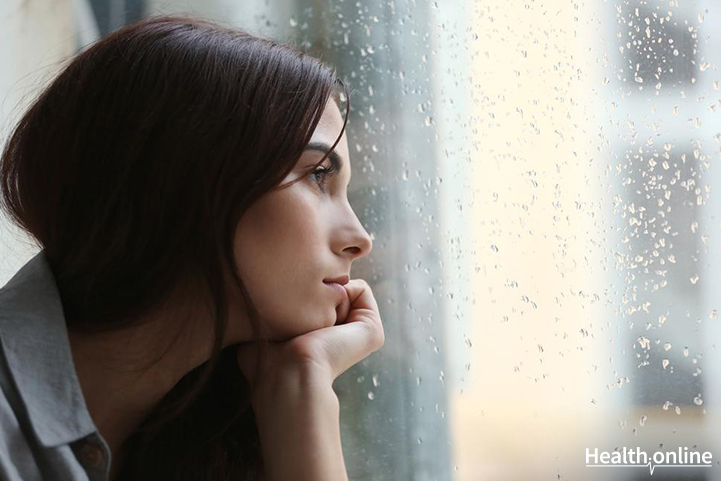
Signs That You’re Having the Winter Blues
Seasonal affective disorder or winter blues refers to a yearly depression that you might feel during a change in seasons. This mental disorder usually occurs in winter due to less daylight, but might appear in summer or early spring, draining you of energy, motivation, and happiness. Symptoms might be mild at first but can worsen with the progress of the season. Though it is easy to brush off Seasonal Affective Disorder or SAD as simply bad mood, it might take a toll on your life and wellbeing if not treated. Also, note that this illness affects women more than men and young adults more than the elderly.
Recommended Read: 5 Early Signs of Depression
Signs that you have SAD
Winter blues depression can express itself through the following symptoms:
- Daily depression that lasts almost round the clock
- Low energy and problem with sleeping
- Lack of interest in hobbies or activities that were once enjoyable
- Sudden change in weight or appetite or increased urge to consume carbohydrates
- Problem in concentrating and sluggish feeling
- Guilty or hopeless feelings
- Thoughts about suicide or death
Seasonal depression can occur in patients with bipolar disorder and can express itself as mania. If any of the above symptoms appear and persist during seasonal changes, consult a doctor immediately.
Causes of SAD
- A sudden drop in serotonin level, which is a neurotransmitter. This might be due to less sunlight.
- Decreased sunlight in winter can interfere with your normal body clock, leading to depression.
- Body’s melatonin level can be affected by seasonal change, causing problems in sleep pattern and emotions.
- If you have blood relatives suffering from Seasonal Affective Disorder, you are more likely to get it.
- People living far from the equator are also more likely to suffer from winter blues. This is because the farther you are from the equator, the lesser daylight you will get during winters.
Recommended Read: Causes of Depression
Consequences of SAD
If not taken seriously and treated at an early stage, SAD can lead to social withdrawal, substance abuse, anxiety, eating disorders and suicidal tendencies. Patients will gradually start to perform below par at school or office. But these complications can be avoided by consulting a doctor or mental health professional who will conduct lab tests, physical exam, and psychological evaluation to check how dangerous your case of winter blues is.
Treatment for SAD
Phototherapy or light therapy
In this, you will be exposed to bright light emitted from a special box right after waking up every day. It will affect your brain chemicals positively and improve your mood. This treatment hardly has any side effects and is usually effective . Consult your doctor about the type of lightbox you should use and how you should use it.
Medicines
For severe SAD, antidepressants might be administered, but it will take at least a few weeks to show effect.
Talk therapy or psychotherapy
This treatment method is useful for identifying negative emotions and changing them. In the process, you will learn to manage stress and healthier ways of dealing with winter blues.
Mind and body techniques
Meditation, art or music therapy, guided imagery and relaxation techniques like Tai Chi and Yoga can help you cope with seasonal depression as well. You will be able to handle stress better and develop positive energy that uplifts your mood.
Home remedies
Open up the windows of your home or office and let in sunlight. Add skylights if needed. Spend time outdoors in a park or take a long walk . Indulge in regular physical activity and stay fit.
Keep yourself updated with the latest on Mental Wellbeing . Like us on Facebook and follow us on Twitter for more on Health , Diet & Nutrition and Healthy Aging . Also, check out our Health Tools and try out our health-related Quizzes .




